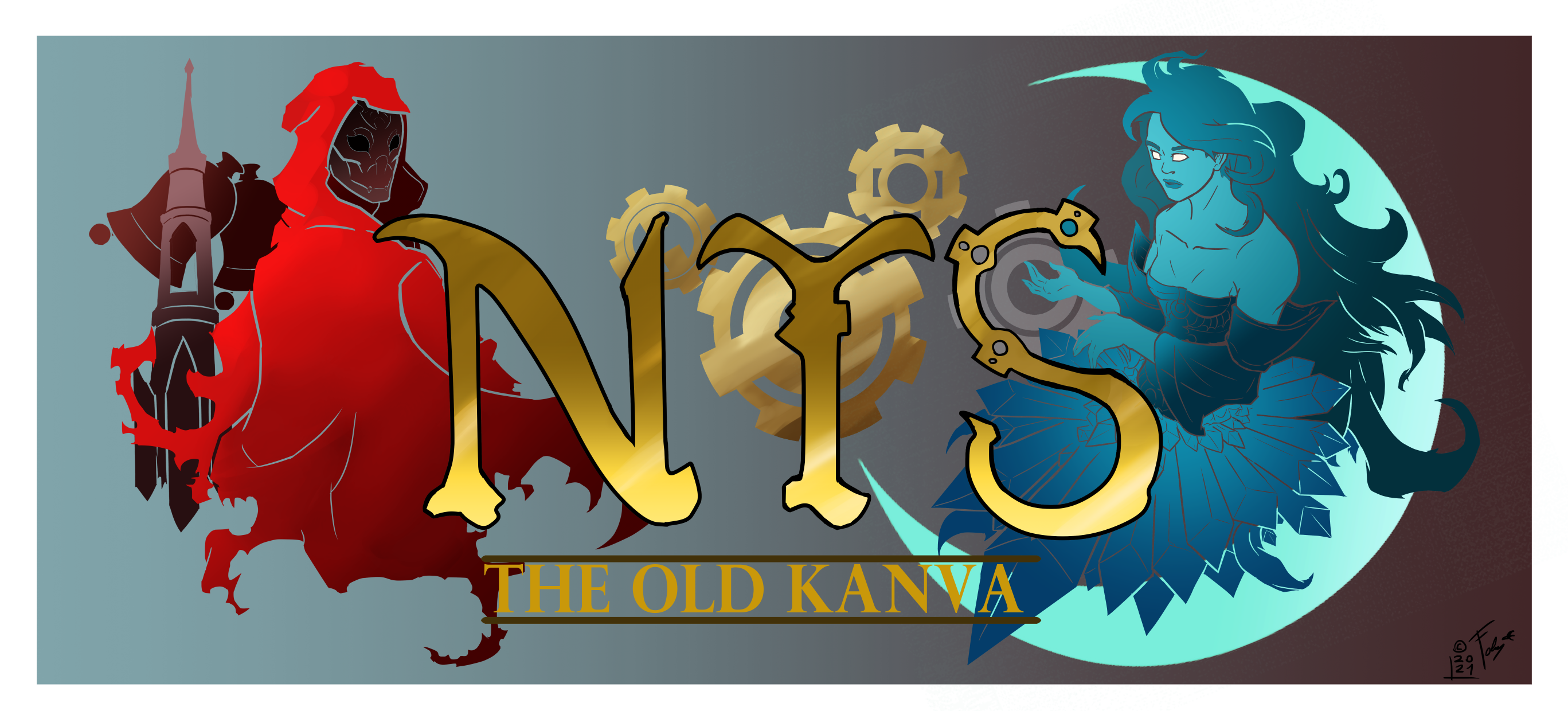Dryng (drɨŋ)
The Dryng (or drę or drok depending on the dialect) are a nocturnal avian elvoid intelligent species living in the eastern Rojgrasz. They resemble owls and present several of their characteristic features.
Basic Information
Anatomy
Dryng have four limbs. The lower ones are legs and very similar to the owl's ones, ending in paws with four sharp talons. The upper ones are more similar to those of an elf, for what concerns usability, even though they resemble owl's ones. In the end, there are paws with four fingers, one of which is opposable as the elven thumb.
Except for the larger subspecies, their arms are wings capable of flying.
They have a flat face with a beak and two large, forward-facing eyes, enabling depth vision, like many other predators. In most subspecies, the eyes position is fixed, so they are forced to rotate their head to look around. However, they can turn their heads as owls, as much as 270°, thanks to their flexible necks.
Being nocturnal predators, Dryng have developed good night vision. Some scholars proposed it is the other way around. Since they have good night vision, they became nocturnal predators.
They have an asymmetrical ear-holes placement which allows a more precise pin-pointing of hidden prey. Some subspecies have feather tuft above their head. Elves and other elvoid sometimes mistake them for ears.
Most subspecies have a plumage colouration allowing camouflage in the woods. This feature grants them noticeable benefits during hunts.
Genetics and Reproduction
Like other birds, Dryng lay eggs. The exact number varies in the range of 1-4 eggs, with 2 being the most common number.
Hatchlings are similar to an owl's in an impressive way, which lead some scholars to conclude Dryng (and avian in general) might be an Abyss-induced mutation of birds. Many species of intelligent creatures in Nys are elvoid animals (with the most common being avians and felines), and their origin is always, invariantly, a source of dispute among researchers.
Whatever the case, hatchlings grow quicker than owls, with the difference being apparent already during the first year.
Dryng reach their adult size after 14-18 years when they also reach sexual maturity.
Dietary Needs and Habits
Dryng mostly survive of hunting smaller animals, and their preferred strategy is stealth and surprise. Mammals, especially rodents (squirrels and rabbits in particular), make up most of their diet. Fish are also common in some subspecies, but in the Dark Lands ponds and rivers can be quite dangerous since spirits tend to live close.
When hunting in a group, especially with weapons, they can try tracking bigger games, like deers. The problem is, however, that they cannot fly with too much additional weight. So, after the kill, they have to cut bigger preys into smaller parts to transport them home. This process slows down the hunt and makes looking for smaller animals more successful in the end, especially in regions where food is more abundant.
They can eat some kinds of berries too, but hunters far outnumber gatherers usually.
Origin/Ancestry
Avian
Average Height
0.8-1.3 meters
Average Weight
3-5 kg
Geographic Distribution
Related Ethnicities




Comments